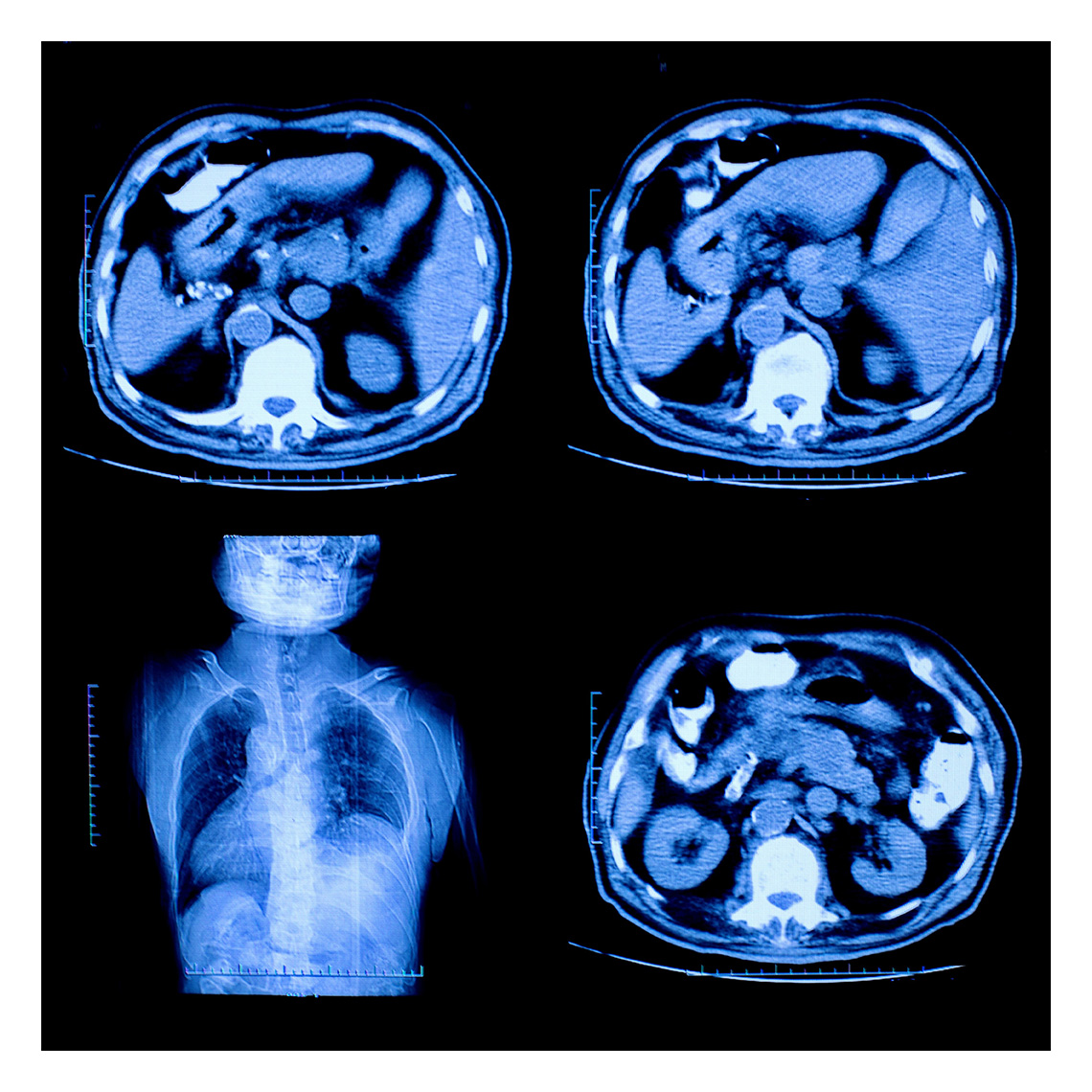Newsletter
Let’s Be Clear About This
Jan 31, 2017

Miscommunication—either among health care providers, or between providers and patients—is a factor in 30% of malpractice cases. From 2009–2013, 41% of communication-related cases closed with an indemnity payment at an average cost of $433,000.
Cases that involve a breakdown in communication among clinicians are twice as likely to close with a payment as cases that do not involve provider-to-provider miscommunication, and those payments track 14% higher.
Source: Comparative Benchmarking System
Evidence from multiple sources has established that a patient’s safety is often dependent on sharing clinical information efficiently and effectively among multiple physicians, nurses, family members, a multitude of other participants in the care process and, of course, the patient.
Effective communication—whether spoken or written—does not necessarily mean more words or more time. Indeed, the burdens of repetition or elaboration can be eased by verbal clarity. The specific words and phrases physicians and nurses speak and write to convey patient information may be construed differently by individuals with different roles, levels of experience, or cultural backgrounds. An unclear messages (e.g., ambiguity, jargon) on the other hand, may seed confusion that either prompts the need for follow up or leads to subsequent actions based on uncertainty or assumption.
And, as more information communicated by you is directly available to your patients, you may need to think twice about those words. How will they be perceived by everyone who hears or reads them? Will your patients, or their subsequent caregivers, be certain how to react. An allegation of substandard care—based on a delayed diagnosis, surgical complication, adverse drug event, etc.—will be magnified if the patient’s story or the medical record demonstrate a pattern of opacity or insensitivity.
No one expects you to measure every word you utter or write. But by paying attention to the specifics that have, in the past, led to a miscommunication with your peers or patients, you might be able to avoid being misconstrued in the future.
Additional Material
Latest News from CRICO
Utilization of Electronic Health Record Sex and Gender Demographic Fields: A Metadata and Mixed Methods Analysis

Characterizing Malpractice Cases Involving Emergency Department Advanced Practice Providers, Physicians in Training, and Attending Physicians

The Safety of Outpatient Health Care

